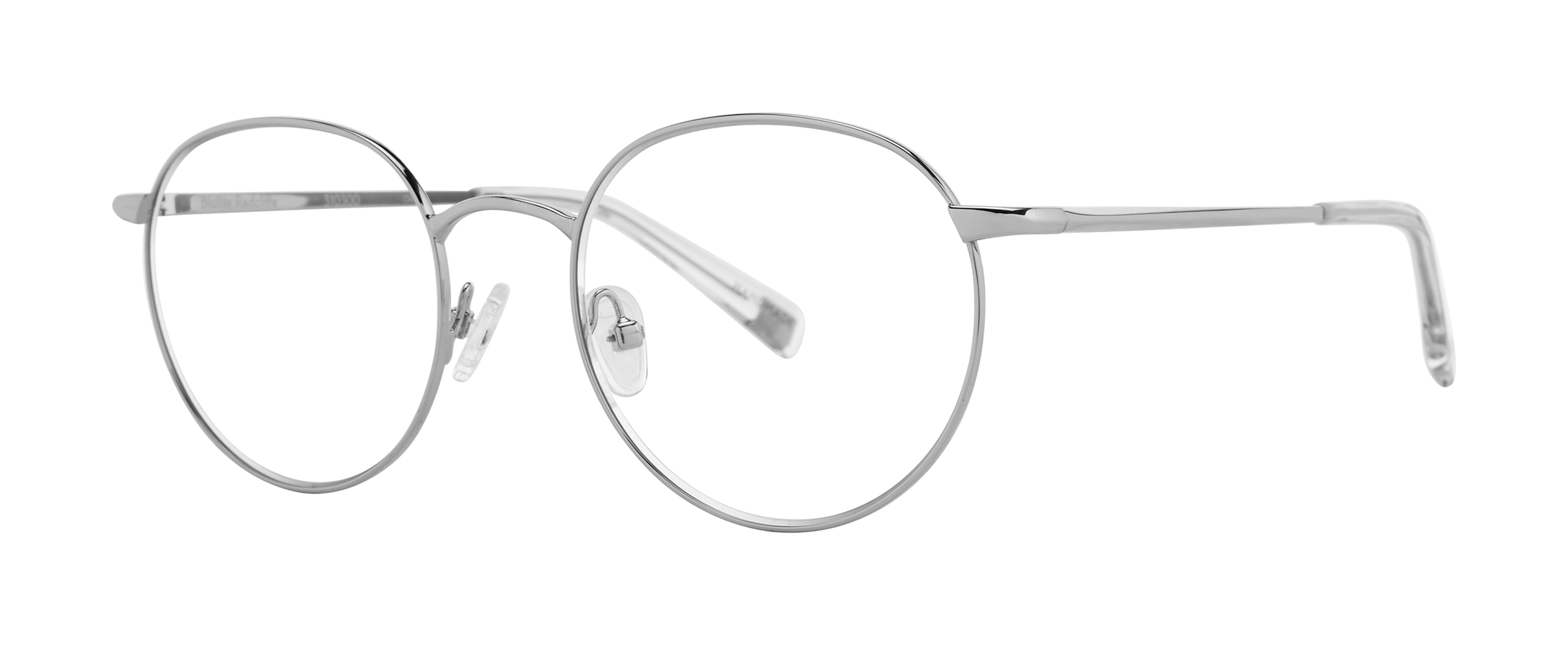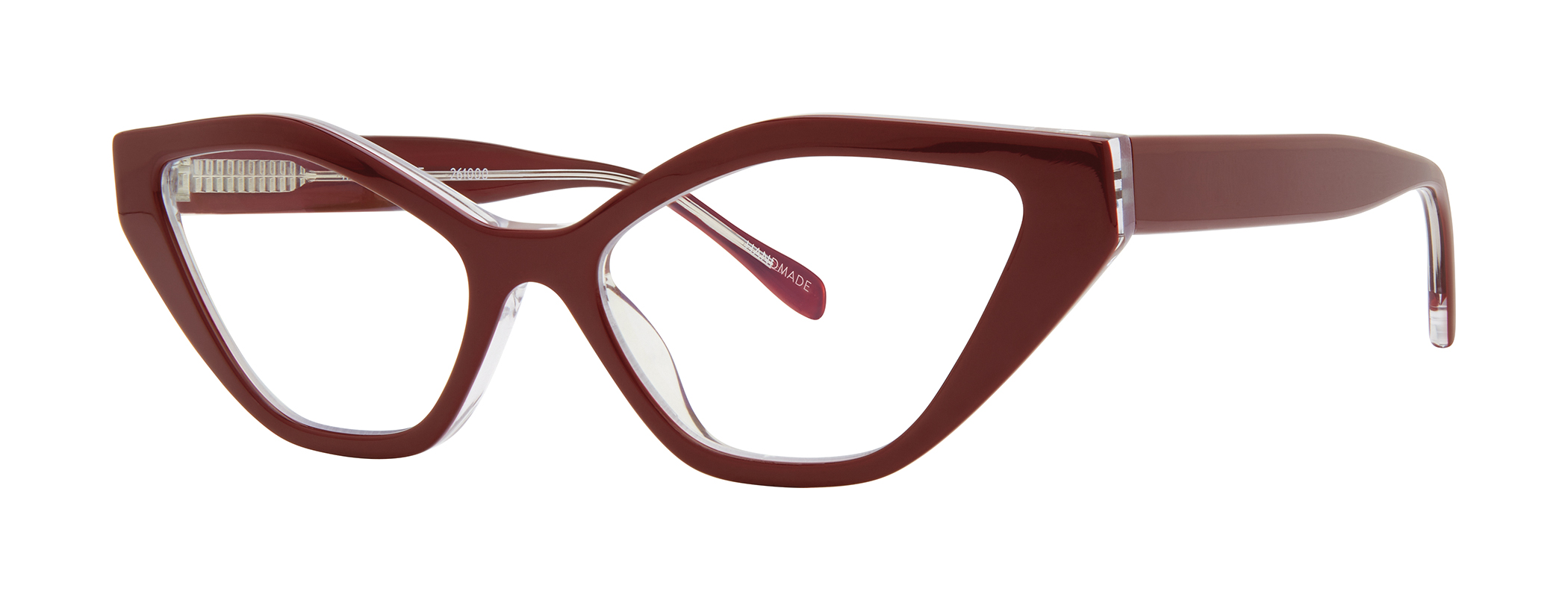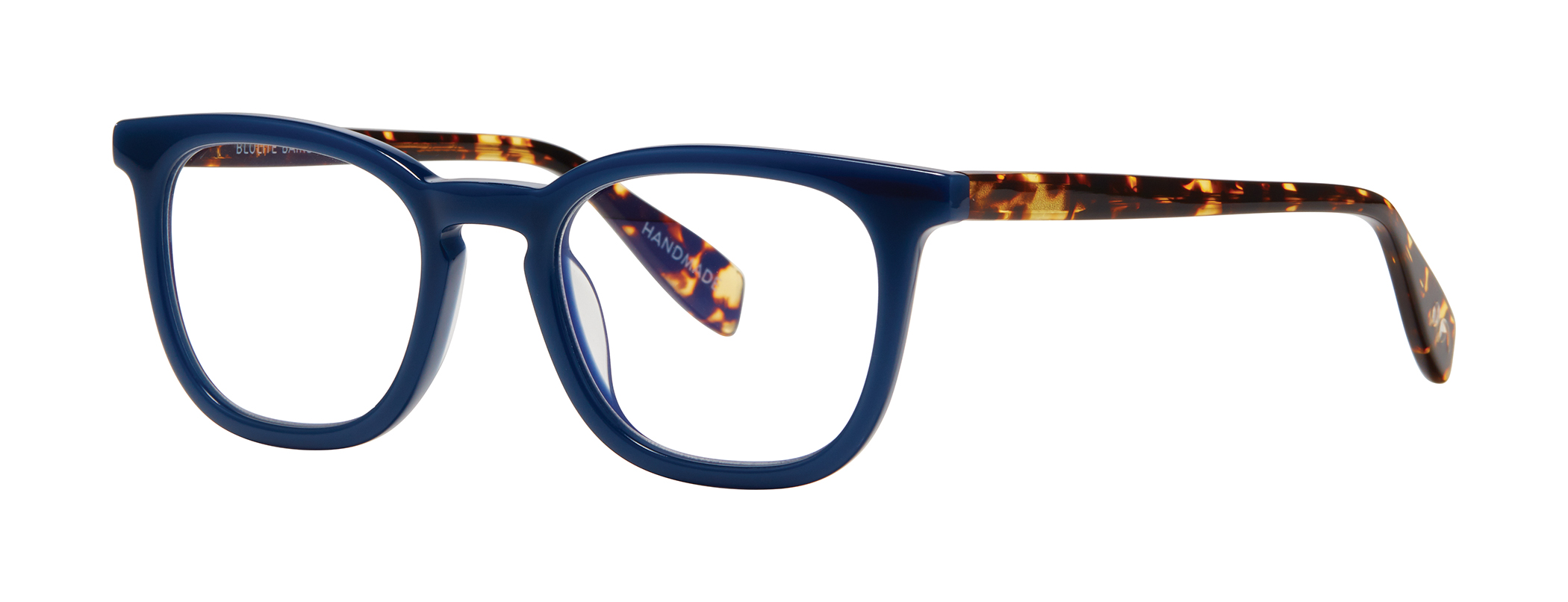Published by Joanna | SCOJO New York on Mar 29th 2021
Prevent Blindness, the nation’s leading nonprofit consumer advocate for eye health and safety since 1908, has declared March as Workplace Eye Wellness Month.
It’s an important topic: COVID has led to an increase in screen time for remote workers and for people who are replacing in-person meetings with video calls. Work hours are stretching longer the boundaries between ‘work’ and ‘home’ blur. Even our social lives have largely moved online.
Not only that: growing sustainability concerns have led many to opt for cost-effective, energy-efficient LED lighting. These light-emitting diodes are indisputably more environmentally friendly, but they—like electronic devices with screens—emit a lot of blue light.
Exposure to high levels of blue light can cause digital eye strain, also known as computer vision syndrome. Symptoms include burning or itchy eyes, eye pain, excessive tearing or dry eyes, blurred vision, neck and shoulder pain, and headaches.



How do our blue light lenses work? From eighth grade science class, we know that white light is actually composed of several colors of light, each with its own wavelength. The filters used in SCOJO New York’s BluLite lenses isolate and block the wavelengths where blue light exists, limiting exposure to the most harmful ranges while allowing other wavelengths through. As always, all lenses used are optical grade and triple-checked to ensure a high-quality, distortion-free, crystal-clear viewing experience.
What is blue light, and why is it so bad, anyway?
Not all colors of light have the same properties. Because of its shorter wavelengths, blue light has higher energy than other colors of light in the visible light spectrum. This is beneficial during daytime hours—blue light improves attention, reaction times, and boosts mood. But too much of a good thing is a bad thing: some research links excessive exposure to blue light with wavelengths between 415 and 455 nanometers with eye damage.
Blue wavelengths are also the most disruptive at night. And this type of light has infiltrated our evenings and nights, thanks to the energy-efficient bulbs that light up our homes and the proliferation of blue light-emitting electronics. That means that that late-night Netflix binges or Instagram browsing session could be causing ocular strain and disrupted sleep patterns.
Although any kind of light can suppress the secretion of melatonin—the ‘sleep hormone’ that brains produce to regulate circadian rhythms—blue light does so especially powerfully. The impacts are significant: irregular sleep schedules are linked to decreased alertness, which in turn can lead to poor performance at work or in school.
Other ways to minimize the effects of blue light SCOJO New York offers a number of chic options to protect your eyes from the harmful effects of blue light. We recommend combining our BluLite frames with other preventative measures to protect your eye health and general wellness.
Expose yourself to plenty of bright light during the day, which will help your mood and alertness and boost your ability to sleep at night.
Take frequent breaks when using electronics. Remember the 20-20-20 rule: for every 20 minutes of staring at a screen, look 20 feet away for 20 seconds. A timer can help you keep track of your screen usage.
Establish good screen habits. Keep devices 18 to 24 inches away from your face and maintain good posture to avert the headaches and muscle stiffness that can accompany digital eye strain. Blink often to keep your eyes from drying out.
Practice sleep hygiene: avoid looking at screens for two to three hours before bedtime. If you do use electronic devices at night, try installing a screen-dimming app to filter out blue light after a certain time.
Consider using red lights for nighttime illumination; long-wavelength red light is less likely to suppress melanin production and disturb sleep cycles.
Follow these top tips and you should see (pun intended) a clear improvement in ocular wellness.

